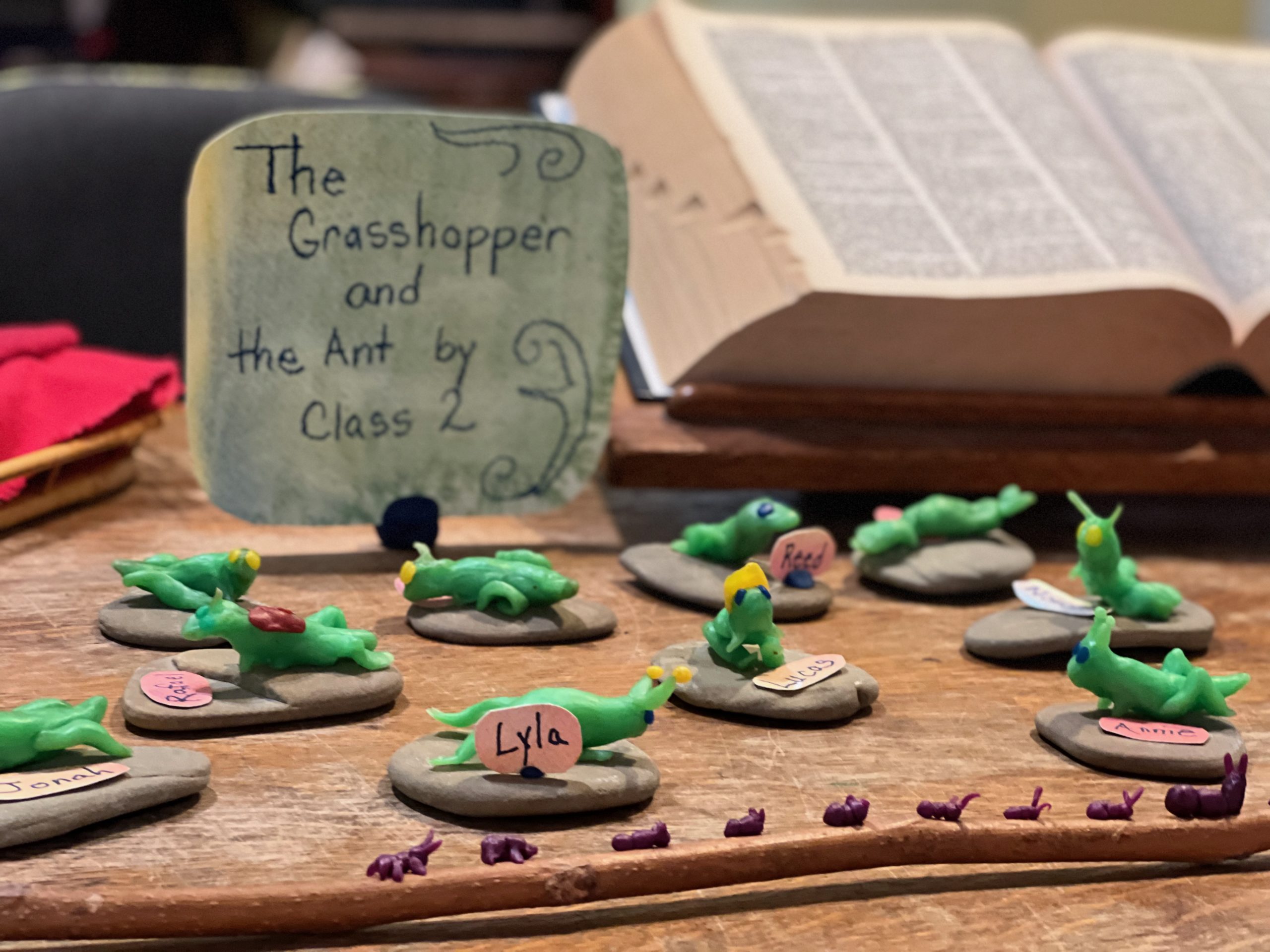Written by Second Grade Teacher, Michele Calabretta.

Second grade is a busy time for a young child! We are beginning to read and to approach math with much larger numbers, while (constantly) questioning the duality of life! This can be cumbersome for some adults, so just imagine being a 7 or 8 year old without all of the context of an adult. How on earth do we approach this with such young, energetic, and eager beings? Well, we sing and dance to help settle the soul. We do our very best to work together, in unison at times and, at other times, as an opposing reflection or mirror. What better way to learn than from our own life lessons or from observing lessons learned by others! Admit it, when someone else makes a mistake, it’s much easier to call out their mistake than to recognize when we ourselves have made one. By the end of second grade we hope to be able to do both but with grace, acceptance, and, perhaps, a helping hand. However, it’s only week four so back to learning we go!

In Waldorf education, fables are told to illustrate the extremes of folly in our lives. What happens when one doesn’t prepare ahead for a deadline? Well, if one is a grasshopper who played a fiddle all summer, one might find oneself very hungry and envious of the industrious ants when winter arrives. We gently see the mistake by observing such folly in these animal fables. “Poor silly grasshopper, why didn’t he do a little work instead of play all day?” The questions and giggles and accusations come out verbally and in fun. However, the lesson is also taken inwardly and can be a good reference point later when a human situation arises for us on the playground or during a class. After writing the story in our Main Lesson books and illustrating the main idea, Class 2 set to work on creating the story with beeswax figures – tiny fingers can make such tiny ants!
